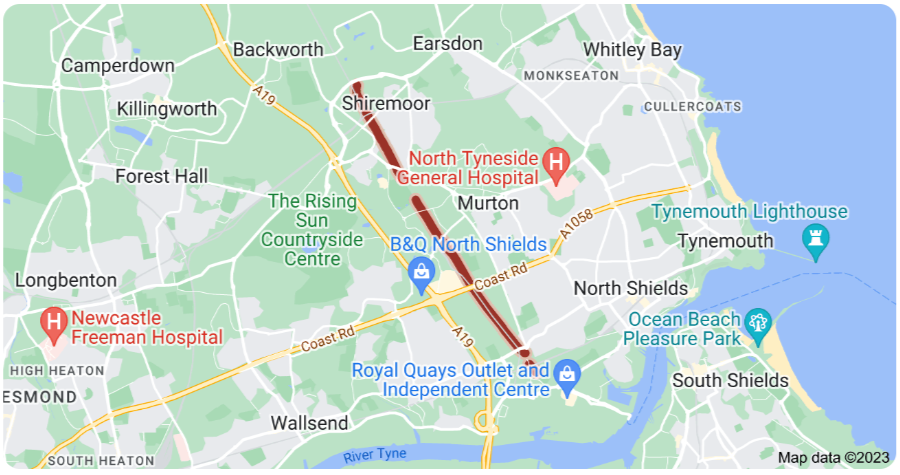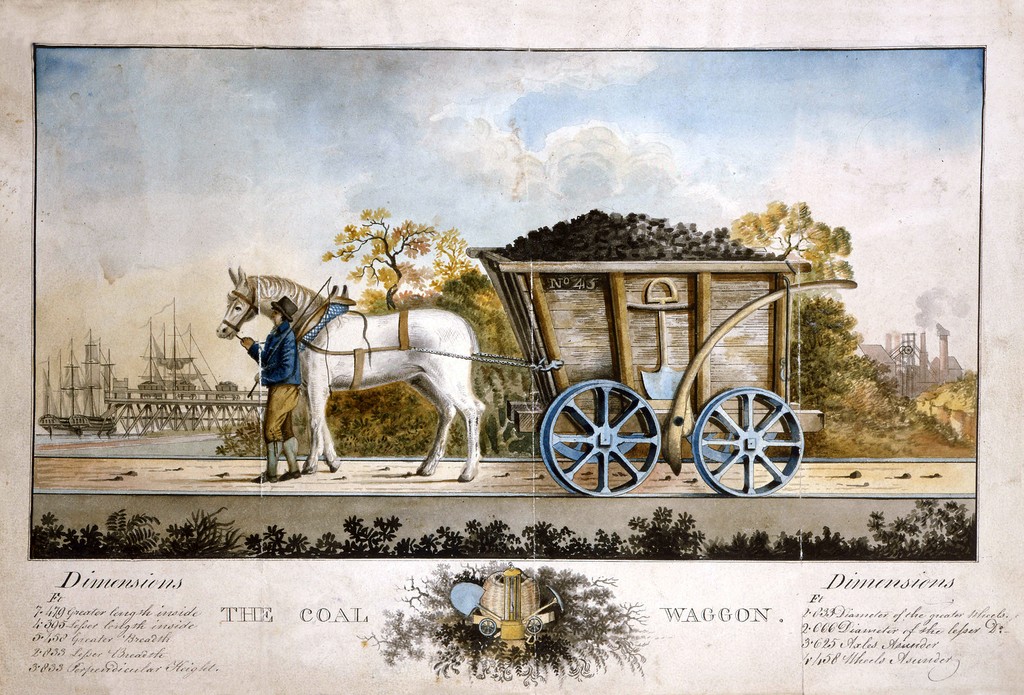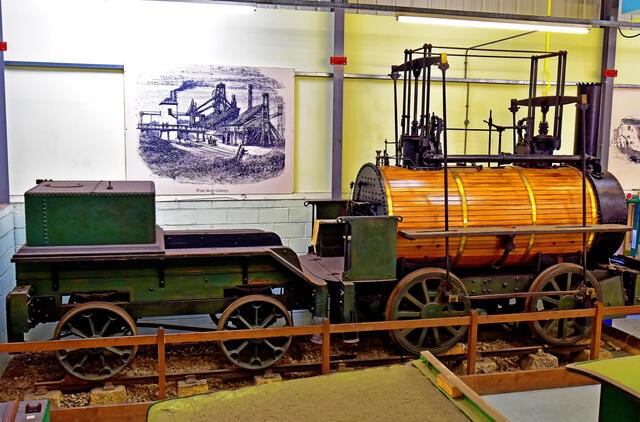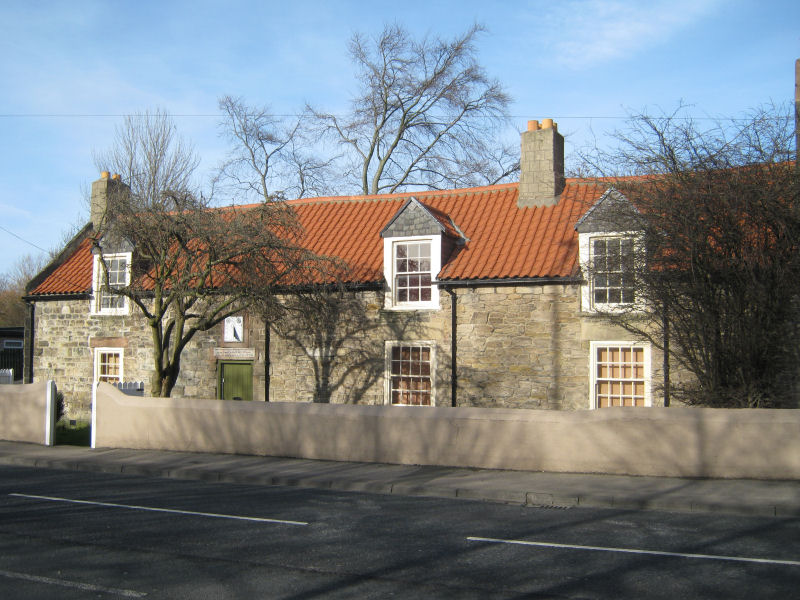The Waggonways are a hidden gem of North Tyneside. People typically flock to the area to visit the coast, but few explore some of the large peaceful spaces just a little inland. This is one such place. As well as being the home of some amazing industrial heritage, the Waggonways are an oasis of nature right on the doorstep.

North Tyneside will always be able to lay claim to the fact that it was one of the birthplaces of industry in the world. In my view, it’s the most important birthplace of industry.
In the 19th century, the rich coal beds of North Tyneside were being worked by the most ingenious industrialists and inventors of the time. Transporting black diamonds to the sea was no easy task though. It required huge waggons, or chaldrons, to glide for miles down to the river where the coal could be loaded onto keelboats. That was the easy bit. The chaldrons then had to make the journey up the gentle but long inclines that criss-crossed the land back to the pitheads. For this hauling effort, horses and donkeys as well as wooden rails and enormous pulleys with vast lengths of rope were used.

During the Napoleonic Wars there was a shortage of horses in the country as they were needed by the army, while fodder was always in short supply. It made far more sense to use the coal they were digging out and transporting, in their own engines to both bring the coal to the surface and to haul the waggons around. It was this knotty and pressing problem that provided the impetus for George Stephenson’s genius to flourish.
In 1804 Stephenson found work at the West Moor Colliery near Killingworth. It was here, after the death of his wife and with his infant son Robert in tow, while striving through a great deal of hardship, he immersed himself in his work and made his reputation as an engineer. By 1812 he was the engine-wright for Killingworth High Pit and he was building pumping and winding engines for the surrounding mines.
The main solution was to haul the waggons from large stationary winding engines connected by ropes from the river to the mines, over distances of several miles. The main Waggonway had three of these: the High Winding Engine at Killingworth, the Middle Winding Engine at Wallsend and and the Low Winding Engine at Northumbrian Dock, where the Royal Quays is now.

But Stephenson’s great technological leap was in pioneering the locomotive, which had hitherto been regarded as a curiosity and generally not a useful idea, even though rails for horse-drawn wagons had been laid down towards the Tyne since the 17th century.
George Stephenson didn’t just pioneer and perfect the locomotive, he completely refigured the concept to massively increase its power. All the versions that had so far been built had failed in one respect or another and this had resulted in a widespread aversion to the idea among colliery owners. But because Stephenson was held in such high regard, he was given permission to build one, named Blucher, which surpassed all before it, despite still having a flawed design. Successive designs introduced a raft of innovations, with the engine Killingworth Billy, built in 1816, being robust and efficient enough to keep in full-time practical use, and this can be considered the first genuine locomotive.

Preserving Stephenson’s Home
Stephenson lived at Dial Cottage, which he pretty much built himself. It still stands today as a grade II listed building at 108 Great Lime Road, Forest Hall. Just behind Dial Cottage was his workshop where he developed the ‘Geordie’ safety lamp and altogether around 16 locomotives. Unfortunately today, Dial Cottage is in a state of disrepair and was sold by the Council in 2020 with provisions for it to become a holiday let, but also for heritage open days to be allowed. I don’t want to sound cynical here, but this provision does seem a bit tagged-on and you have to wonder if this would be a reality that would be widely accessible to the community.

There is currently a planning application, that is nearing expiry, for a large amount of renovation on the house. This work seems necessary, but I think the community would unquestionably want to see Dial Cottage reopened to the public and not used as a holiday let. Look at the wonderful job the National Trust have done at the house of the illustrator, Thomas Bewick, at Cherryburn in Prudhoe. There is no reason why Stephenson, a contemporary of Bewick, should not be celebrated on the same level and Dial Cottage put to use as an educational resource that can inspire the next generation of Tyneside engineers.
At any rate, whether the property becomes a heritage asset or not, the Stephenson Railway Museum and North Tyneside Steam Railway at Middle Engine Lane next to the Silverlink, are excellent places to visit to learn far more about the development of the railways than I can describe here. When the railway is operating you can take a 4-mile round trip on a real steam train, which is just spectacular. A lot of dedicated work goes into running these places but opening times are sporadic and mainly around school holidays, so you’ll need to plan any trips in advance.
https://stephensonsteamrailway.org.uk/
Info on the Dial Cottage planning application:
https://idoxpublicaccess.northtyneside.gov.uk/online-applications/applicationDetails.do?keyVal=QVRJN7BH0GZ00&activeTab=summary&fbclid=IwAR3tkt1ArwcPFWcB6w6jy8Ls3pHGuEcBlUv80sj2bM7qd1cRreeNNnTjVjQ Thanks to Maz Sterry for notifying me of this





Love this
Are there any of the original waggons surviving.
I know there’s one at Beamish Paul